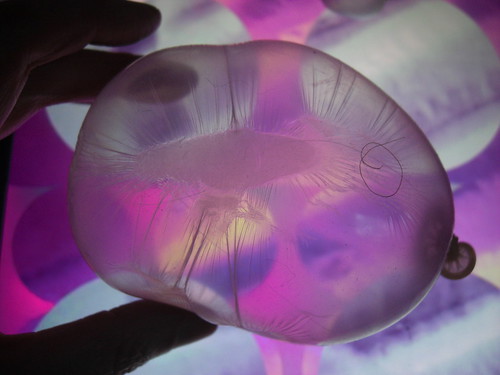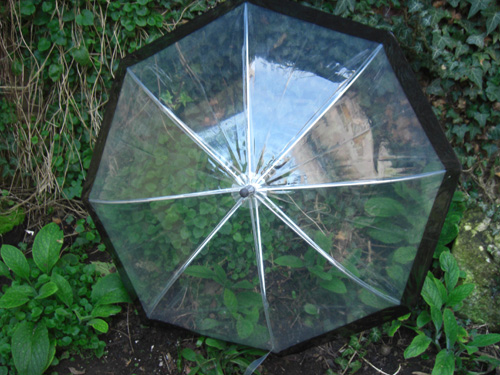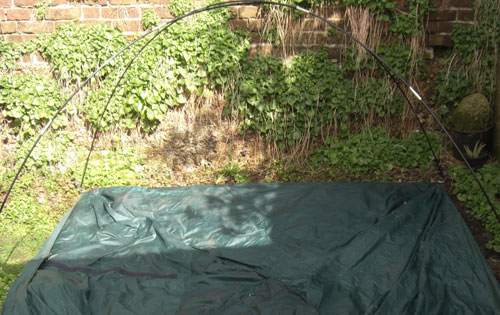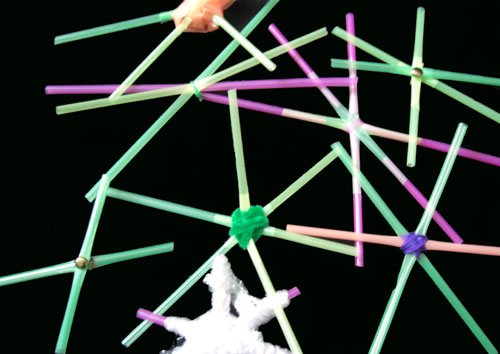Following on from an earlier
post relating to my studio practise. I previously said that I wanted to project video through clear balloons, but since recently experimenting with a projector I found out this wasn't going to happen. I just assumed projecting video through clear balloons would pass directly through, but it didn't, it left dark shadows. Even though this totally destroyed my idea of projecting video through clear balloons, I found this interesting to find this out, as I didn't expect it to happen! If using a screen to project onto, I could possibly project from the other side of the screen and have balloons on the opposite side to the projection so that no shadows would occur. This way the video could still be viewed through the clear balloons. I will experiment doing too, but I mainly wanted to project downwards through clear balloons onto the floor, so I've been trying to think of other ways that I could do this instead.
I decided to experiment using a monitor rather that a projector for the time being. I did some experiments using a previous
video of balloons/breathing sounds. I laid a monitor flat on the floor playing this video and placed smallish clear balloons on top of the monitor too. Below is a photo of the monitor on the floor.

I found some of the same balloons that I used for that video and it was quite interesting to see the changes to some of them. This is one of my favourite, it reminds me of a shrimp:

I also experimented with layering by placing the smaller balloons in between the monitor and a glass sheet. While I quite liked this I actually preferred them directly on the monitor screen as they moved about more randomly.
Since my work is exploring individuality and interconnectivity within systems. I want the viewer to connect with this experience by physically entering into a space. I've recently been thinking of making a structure of a Geodesic dome where either one or possibly two people could enter. Geodesic domes can act like hot air balloons in some ways, if the air inside is heated to a higher temperature to the outside air, then the warm air adds a slight lift to the dome, so the dome can actually weigh less than the materials used to make it! I also think that for most people in the UK who see this design, they would automatically think of the Eden Project - combining the natural world inside an array of geometric shapes collectively.
I envisage sitting in the dome listening to the breathing sounds with a monitor laying flat on the floor, with small clear balloons on-top of the glass naturally randomly moving, though the viewer can move these if they choose. A collection of different sized clear balloons are hanging inside the dome, filled with air from the people that are breathing in the recording. The digital video playing on the monitor would either be a combination of generative elements of nature and balloons though I'm uncertain at this point and need to do more filming and experimentation.
Next I will make a relatively small model of a geodesic dome out of lightweight materials to experiment with. I haven't ruled out the idea of using a projector, but at least I know now that I can't project through clear balloons.





